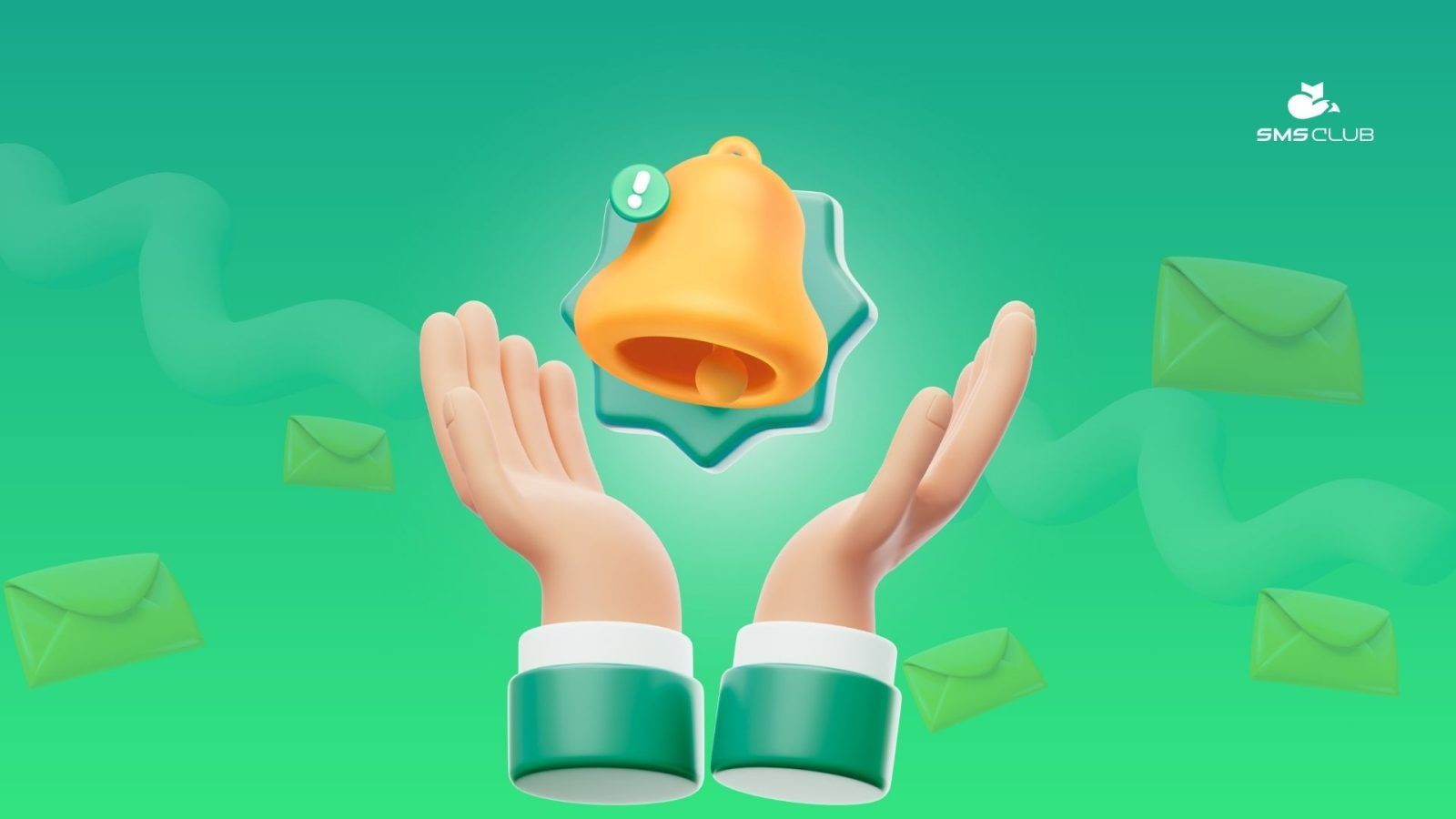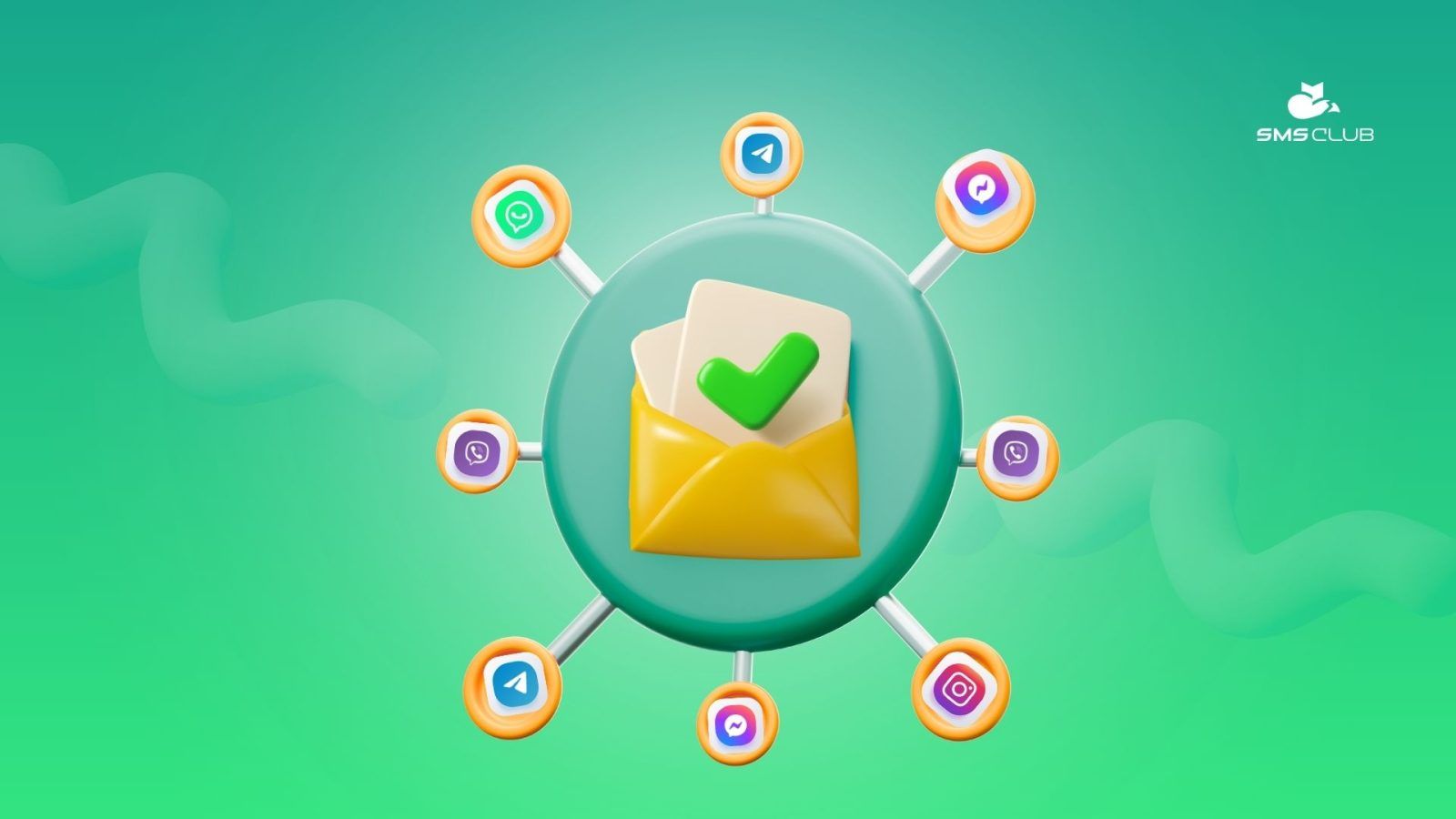RCS vs. SMS: what is it and what’s the difference between them
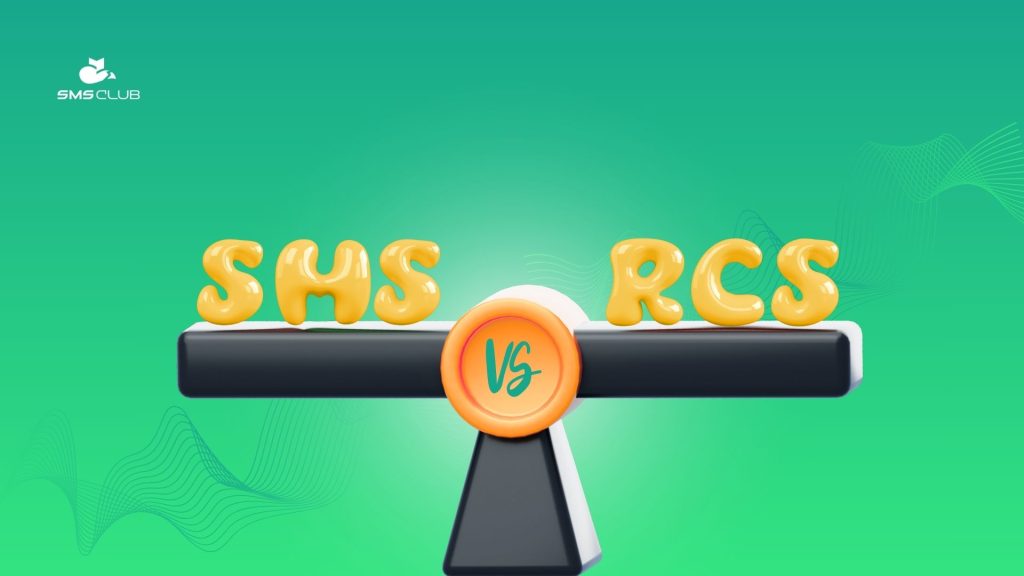
Contents:
Contents:
SMS and RCS are messaging services for mobile phones. SMS appeared in the 1990s and has hardly changed since then. RCS began to be implemented in the 2010s. It is a standard that combines all the technical advantages of familiar messengers with the wide availability of SMS — a service that is by default present on every mobile device.
Currently, the RCS service is gaining popularity in Ukraine. It already works on all Android phones; on iPhone, this messaging standard will start to be supported by the end of 2024. Slowly but surely, RCS is becoming another tool for marketing interaction with the audience. Everything that businesses need to know about it is explained further.
Features of SMS Messages
Let’s start with the old faithful Short Message Service — short text messages that can be received on any phone.
They don’t require:
- Downloading any additional application or software. Everything necessary is built into the functionality of the mobile device, including the basic “grandma phone”.
- Connecting to mobile internet or WiFi. Regular cellular connection is sufficient.
Thanks to these two points, SMS messages are still relevant and have the largest audience worldwide.
However, there are also drawbacks. There are two significant ones — so significant that SMS is perceived as a technology that will not resonate:
- Brevity: SMS allows you to send 160 text characters in Latin script, 70 in Cyrillic. That’s 2-3 short sentences. One emoji ‘eats up’ from 4 to 6 characters, and each space also counts as a character.
- Low interactive engagement: all that SMS allows is to put an active link to a website or a needed page. Adding even a GIF to an SMS is technically impossible.
Incidentally, MMS is also a mobile format that allows you to send media files (it couldn’t compete with messengers). Nowadays, telecom operators around the world are discontinuing it
What are RCS Messages
It’s another messaging system that operates through mobile internet or Wi-Fi. Functionally, it is not much different from what Apple iMessage, WhatsApp, Viber, Facebook Messenger, Telegram, etc., offer.
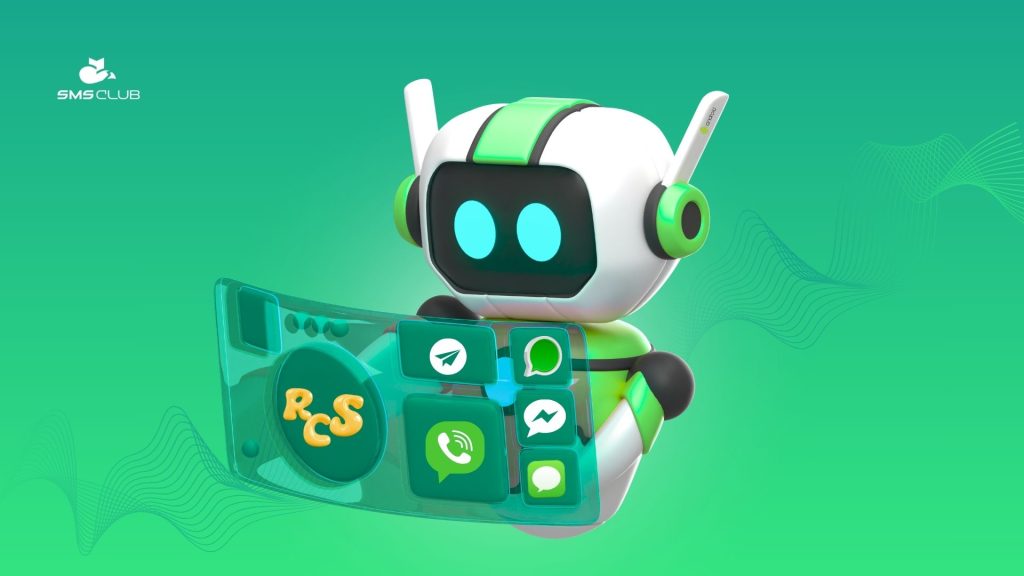
The main difference from other messengers is that no separate app installation is required.
RCS messages are based on IP technology and the SIP (Session Initiation Protocol). This technical language helps different devices quickly understand each other and exchange data without errors.
In simpler terms, these messages are routed through the Internet. The cellular network used for voice communication remains as a backup option in case there is suddenly no Internet.
Politics of Interests: How the Format Was Born
The creation of a new platform for messaging began in 2007 at the initiative of GSMA (Global System for Mobile Communications Association). This is an international association that develops communication standards between mobile devices.
Later, Google joined this exciting endeavor. It was Google that ensured that RCS was tied to the universal Google profile, rather than to the mobile operators’ SIM cards, as initially intended.
Thus, developing and testing software is a laborious task in itself. But besides the technical and creative disputes, the creation of this standard was deliberately slowed down. Each market player defended their own interests.
Finally, in 2019, the new standard was presented to the public. The acronym stands for Rich Communication Service, meaning enhanced communication services. In Ukraine, this service became available in the fall of 2022.
Advantages of RCS
The standard has many technical benefits, but one highlight is the protection of users’ personal data.
RCS messages do not end up on the servers of “third-party companies”, as is the case with any application. That is why organizations for whom the preservation of confidentiality is a priority, such as banks or government institutions, may pay special attention to RCS messaging.
Overall, RCS provides the ability to:
- Send text messages up to a thousand characters;
- Send voice messages;
- Exchange photos and videos in high quality;
- Add a QR code, geolocation, receipts for goods purchased, etc., to the message;
- Include an action button — an active phone number for instant communication;
- Create group chats;
- Receive instant service messages, for example, that your letter was received and read;
- See when the interlocutor is typing a response;
- Set up an autoresponder.
There are, of course, technical limitations to these messages. For instance, images in png, jpeg, gif formats can be sent up to 2 MB in size. Videos must not exceed 10 MB.
In the future, Google plans to add voice recognition features to this modern chat and integrate RCS with other key services, including payment systems.
What does this all mean for businesses?
By making messages visually more attractive and essentially more meaningful, the conversion rate with RCS is 50% higher compared to regular messages. Moreover, this type of notification is easily branded, thus allowing the company to be identified not only by an Alpha-name.
There are many eloquent cases of RCS marketing use, though so far abroad. For example, the company Pricard, which trades in frozen semi-finished products. This company receives 25% of its annual revenue during the Christmas holiday period.
On the eve, the team launched a group RCS chat where they invited people to share their holiday preparation experiences. It was about quick recipes, economical budgets, and more.
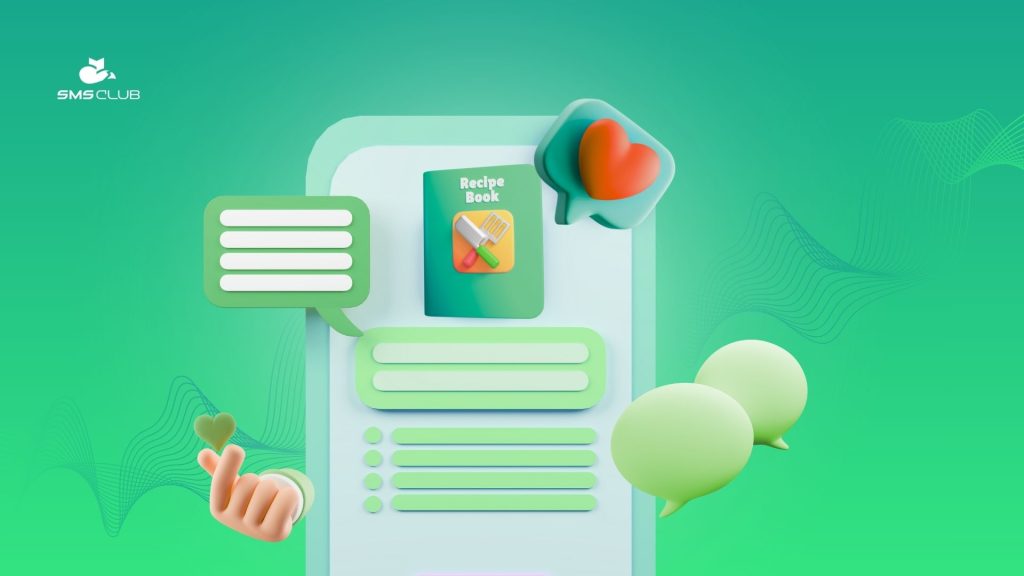
Based on the responses, a personalized holiday menu was created. The call to action redirected users to the Picard website. Customer engagement increased by 42%. And this is just one example.
Do you have RCS?
Until recently, a problematic point was that the RCS protocol did not work on all devices, but only on Android version 4.4 and higher.
However, at the end of last year, Apple announced plans to collaborate with GSMA members to improve the RCS standard. It’s testing for iPhone will begin in the fall of 2024.
Currently, if a device does not support the RCS format, messages are delivered as regular SMS. This can happen not only due to an ‘operating system conflict’ but also due to a lack of Internet or personal settings.
You can check if your phone supports RCS and, if necessary, enable it as follows:
- Open the ‘Messages’ icon.
- Click on the Google profile avatar. It is located at the top right.
- Click ‘Settings for Messages app.’
- Click ‘RCS chats.’ This option is at the top.
- Confirm your phone number and enable RCS chats if this option is unexpectedly turned off.
Difference between RCS and SMS
| Feature | SMS | RCS |
| Technical Capabilities | – Text: 160 characters in Latin script, 70 in Cyrillic
– Active link to a website or page |
– Text: 1000 characters
– Images in png, jpeg, gif up to 2 MB – Videos (h263, m4v, mp4, mpeg, mpeg4, webm) and voice messages up to 10 MB – QR codes, geolocations, purchase receipts, active buttons, etc. |
| Network | Cellular communication | Mobile Internet |
| Operating System | Any | – Android with version 4.4 and higher.
– iPhone is working on adopting this standard |
| Conversion Rate | 10-15% | 50% higher than SMS |
| Price | ≈ 0.95 UAH per SMS (for sent messages) | ≈ 0.84 UAH per SMS (for delivered messages) |
And What Next?
Both formats coexist successfully in the market of text messages. Predicting whether RCS messages will replace SMS is currently difficult.
Many experts lean towards the idea that the future belongs to RCS messages. For instance, Juniper Research in their study points out that the number of RCS subscribers is expected to grow to 3.8 billion by 2026, which will account for 40% of the total number of mobile subscribers worldwide.
However, for the foreseeable future, the SMS protocol will still remain in use, particularly as a backup communication method. Also, because message delivery is guaranteed even without the Internet. Its widespread reach plays a role, although Google is doing everything to pull users into its networks.
Whatever the future scenario may be, businesses must be able to work with all platforms and tools: with RCS, iMessage, Instagram, and TikTok.
About 73% of retail consumers use multiple channels to purchase goods and services. And 86% of buyers say they regularly switch through at least two marketing channels before making a major purchase.
RCS may interest B2C companies, especially entertainment brands, home appliance brands, restaurants, and travel/transport brands. However, it is worth incorporating RCS into your marketing plan only when there is a profit, not just because it is fashionable.
It is best to get comprehensive advice on the feasibility and profitability of RCS for your business from professionals.



